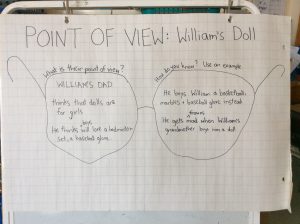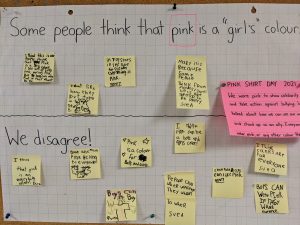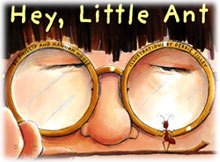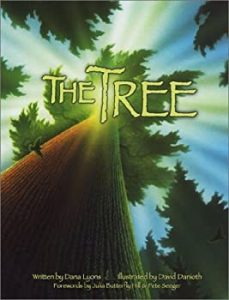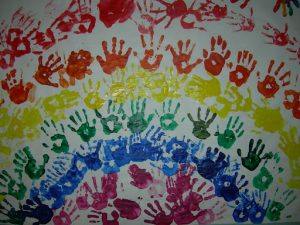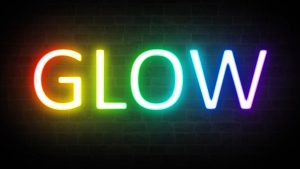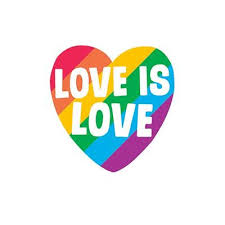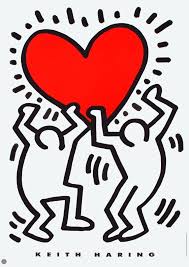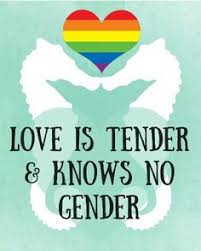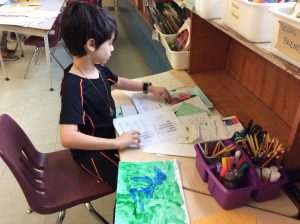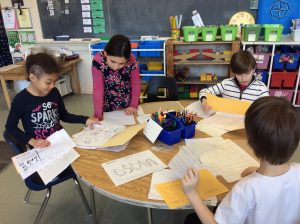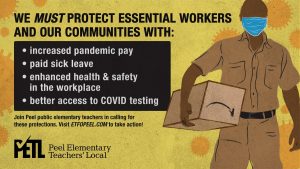Drop Everything and Learn
This week, I hit the stop button on my life inside of the classroom for another school year. To quote the Grateful Dead. “What a long strange trip it’s been.” Yet, before shutting down, I need to D.E.A.L. more about how to deepen my understanding and leverage my white settler privilege in support of FNMI communities.
Heart wrenching discoveries of unmarked graves at residential schools across Canada have me fighting to make sense of many things right now in this country. How and why could so much hatred and overt evil be inflicted on generations of First Nations, Métis, and Inuit people for more than a century? How can a democratically empowered system built on commandments of love thy neighbour, be so obviously racist and genocidal to the very people who shared this land in the first place? And how did it come with the criminal complicity of faith based institutions to boot? These questions have me hearing some very strong internal voices telling me to stay in teacher/learner mode a little longer.
Maybe it’s time we give Canada Day a timeout for a while so we can move forward in a good way?
Can you recall reading or hearing of any treaties that included one group being subjugated to tyranny and relegated to systemic abuse and racism by the other? I can’t. Everyone in education must take time to ensure that the truth about the traumatic truth of Canada’s past no longer remains on the outside of the history books. It’s can be as simple as shifting from outdated text books and colonizer curricula, by for profit publishers, when we plan our lessons. It can be in seeking your closest FNMI partners in education. Numerous school boards are already doing this and ETFO as well. It’s time to seek out resources that include all sides of the story, and not those that fit the nauseatingly one sided Disney endings written for and by settlers.
In my mind it stands at the heart of our humanity as educators and treaty people. We must do more than acknowledging the trauma caused in the past, but to genuinely reconcile our relationships in order to build a just and inclusive future. There is work to be done and despite my momentary fatigue. This learning is a personal call to action that serves as the energy to keep going instead of heading straight for the chaise lounge on my patio. It needs to start now.
Things I can do (you can too)
I need to turn my attention to learning more about the truth that has been so strategically whitewashed out of our conversations and history books as a nation. A nation that is supposed to be the beacon of kindness and inclusion to the rest of the world. The truth, about Canada that world has been shown by our gleaming generosity and polished politeness, may not be seen the same reality as seen through the eyes and experiences of First Nations, Métis, and Inuit. It’s time to demand better from those in leadership to stop standing in the way of the truth as shared in the TRC Commission Report shared in 2015.
I need to come to terms with the dissonace from what I have been taught about Canada as a student, and ensure that it’s mistreatment of First Nations, Métis, and Inuit does not continue. As such, I am committing more time to listening to voices that have been silenced for far too long, reading books from authors who share stories from first hand experiences or who speak for elders who have been silenced, and by seeking out ways to bring this into my future classrooms.
I need to reflect in order to move forward.
Throughout this year, my grade 4/5 classroom was a space for conversations and lessons on Residential Schools, Orange Shirt Day, the Mik Maw fishery, BLM, Anti-Asian hate, and systemic racism in general. What is abundantly clear despite many meaningful moments of cleared understanding, the fires that have been lit in my students will need to be refuelled. I hope you all take some time to recharge your bodies and minds over the break, but encourage everyone, at some time over the summer, to drop everything and learn in preparation of re-igniting the fires of truth and reconciliation in the minds of students when we gather again to D.E.A.L in September.
Need a place to start?
Digital Resources:
Education – NCTR – Reconciliation through Education
ETFO First Nations, Métis, and Inuit Education Resources
First Nations Education Steering Committee – Indian Residential Schools and Reconciliation Resources
FNMI Learning Grid curated by Richard Erdmann
Important reads to deepen your understanding:
21 Things you may not know about the Indian Act – Bob Joseph
All Our Relations: Finding the Path Forward – Tanya Talaga
Seven Fallen Feathers – Tanya Talaga
Braiding Sweetgrass – Robin Wall Kimmerer
Wisdom always found here on Twitter:
Bob Joseph @wewap
Colinda Clyne @clclyne
Pamala Agawa @agawap
Bryson the Gaytive @ArnallLabrador
Jody Kohoko @NishVPKwe

